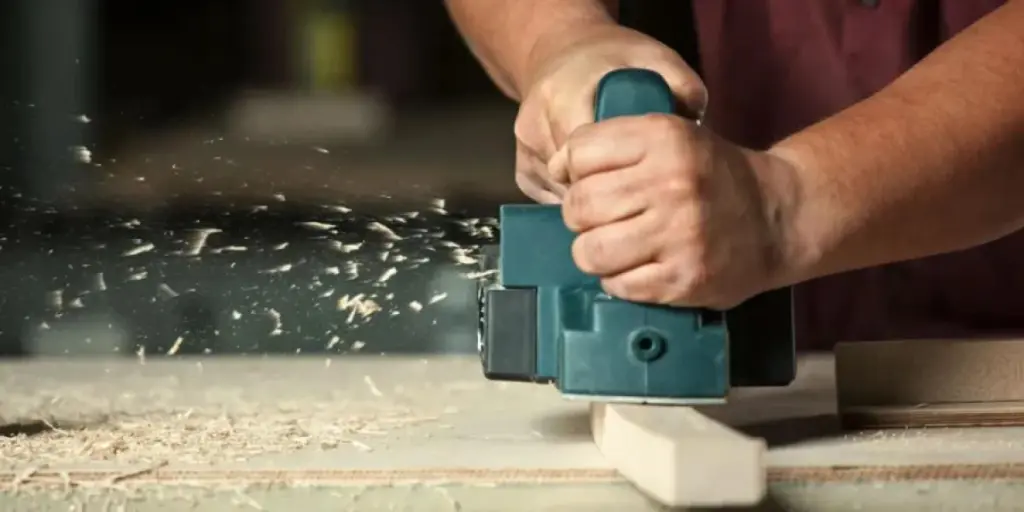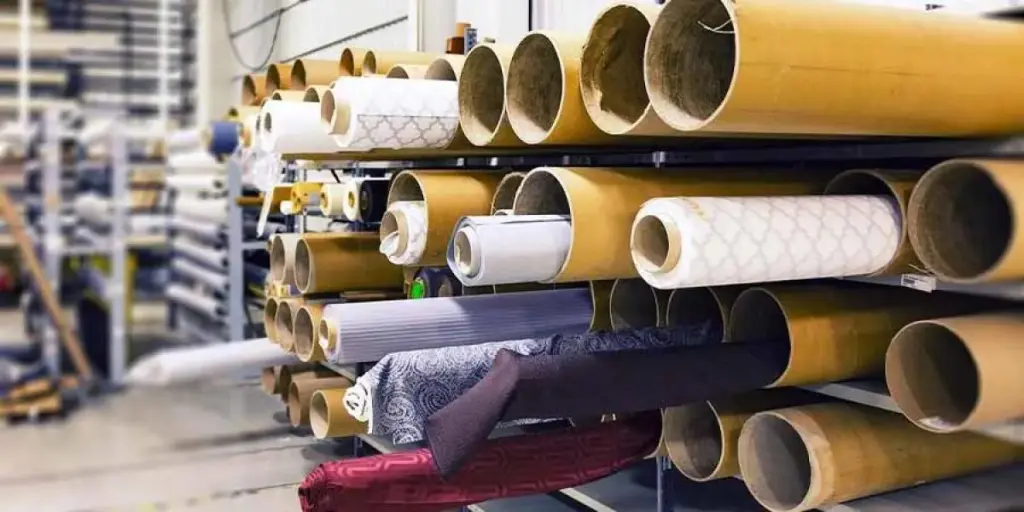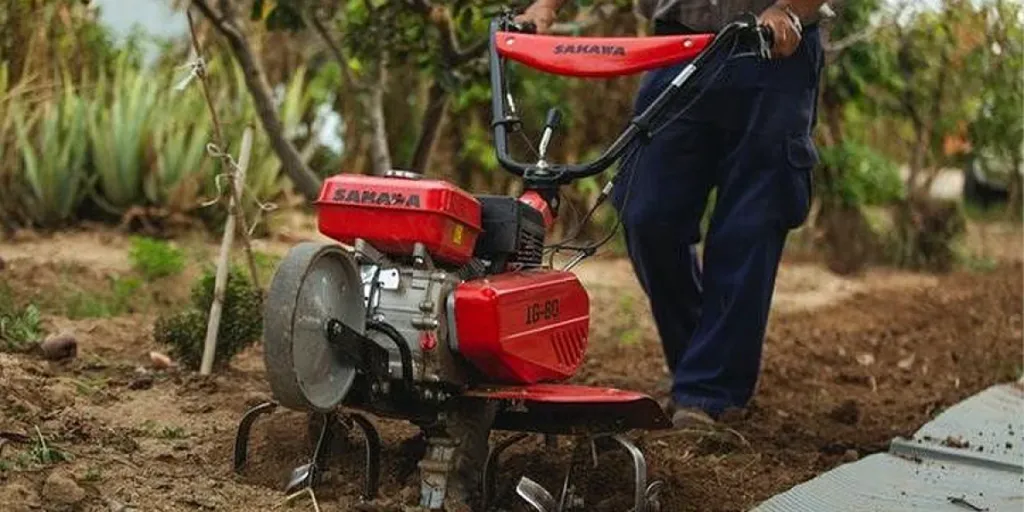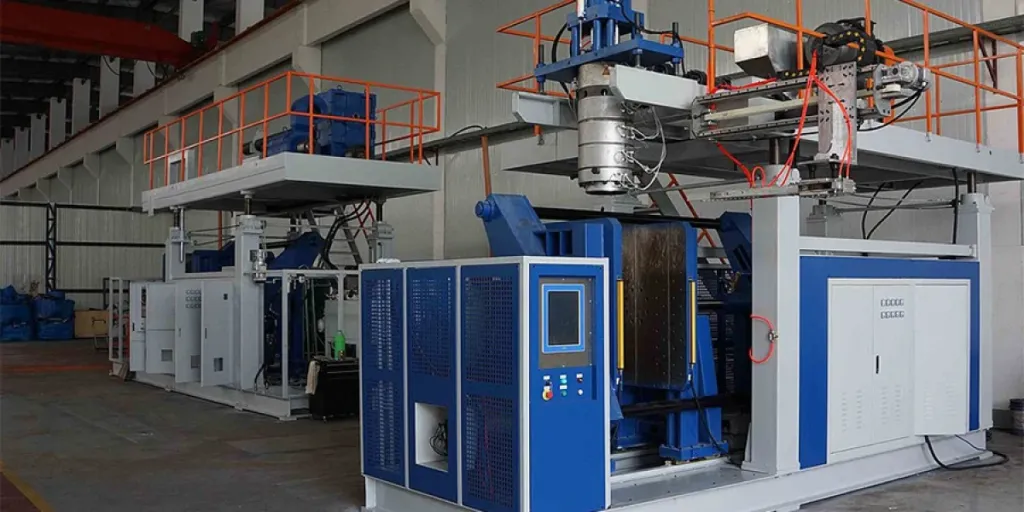When sourcing products for woodwork, the common perception is to invest in wood-sawing machines as they are one of the most commonly used pieces of machinery in the workshop. However, there are more tools that are needed to finish products with the perfect texture and appearance—one of which is the wood planer.
This blog will provide insight into the key factors to consider to ensure one chooses the right wood planer, as well as highlighting the types of wood planers one can source on the market today.
Table of Contents
The business potential of wood planers
Factors to consider when selecting a wood planer
Types of wood planers to choose from
The bottom line
The business potential of wood planers
A wood planer is a woodworking tool that helps reduce the thickness of a wooden board, by slicing thin layers of it to smoothen the uneven surfaces and give the woodwork a fine chiseled appearance. Wood planers are also called thickness planers because they are majorly involved in reducing the board’s thickness.
The business potential for wood planers looks favorable, with the global wood planer market size expected to grow at a compound annual growth rate (CAGR) of 3.5% from 2021 to 2030. The contributing factors include the increased demand for wood-based products, especially in the furniture and construction industries.
Woodworking has also increased in popularity as a hobby for people who want to make and fix things themselves. On top of that, due to advanced technology, one can find a wide range of functional and efficient wood planers available in the market.
Factors to consider when selecting a wood planer
When selecting a wood planer, there are many factors to consider to buy the ideal one. They are as follows:
Budget and scope of work
First and foremost, it comes down to one’s budget. That is, depending on the budget, one can afford an expensive wood planer if it fits their needs. Avoid cheaper models as they can be of low quality. The scope of work generally correlates with the budget.
For example, handheld or portable wood planers are ideal for smaller pieces of wood and projects. On the other hand, electric planners utilize electricity to provide efficient woodworking functionality. Hence, they are ideal for larger woodworking projects.
Motor power
Motor power is another factor that can affect the buyer’s decision. For heavy woodworking, it is ideal to invest in planers with powerful motors. Electric planers are usually preferred due to their precision, speed, and of course, their motor power that can help cover large surface areas of wood. Wood planers of 5HP motors are used for big projects that need to cover larger surface areas.
Size of the machinery
The size of the wood planer matters when it comes to comfort and convenience. A wood planer should be of sufficient size for woodworkers to move around their workshop with ease. The most ideal wood planer would be with a width of 12 or 13 inches.
Nature of the blades
Blades in a wood planer can come in two types. Straight blades can consist of two or three blades, and they fasten onto the cutter head to shave off thin layers from the board. Whereas spiral blades consist of multiple small knives that form a spiral formation around the cutter head. These possess more precisional cuts when compared to straight knives.
Cutting depth
How many layers of wood a planer can remove in one go is important. This is known as cutting depth. The more wood the planer can shave off, the larger the depth of the cut it possesses. Even though this can seem like a strong feature, sometimes having too much cutting depth isn’t ideal for specific woodworking projects. The most common cutting depth of a wood planer is 2mm to 4mm.
Working width
The width of the board the planer can allow to pass through is known as the working width. This can depend on woodworking projects and on whether larger or smaller pieces of wood are required. Based on that, one can decide the appropriate wood planer with the ideal working width. The most common working width of a wood planer is about 15 inches.
Cutting speed
The number of times the blades or knives hit the wooden board’s surface in a minute is measured as its cutting speed. One can find planers with cutting speed depending on the number of blades used. Also, the higher the rpm in a wood planer, the better it yields the outcome. The most common cutting speed of a wood planer with 2 blades is around 9000rpm.
Feeding speed
The rate at which the wooden board passes through the wood planer is known as the feeding speed. The higher the feeding speed, the faster the wooden board moves. Lowering the feeding speed can lead to smoother finishes. High-quality wood planers can allow woodworkers to adjust the feed speed by either increasing it or reducing it. The most common feeding speed can vary between 14 feet per minute and 26 feet per minute.
Collection of dust
In the process of using a wood planer, there is going to be a lot of dust produced as a byproduct. Below the wood planer, one can find a box that deposits the dust and chips collected from the excessive shaving. The wood planer’s collection system is also worth looking at when it comes to the convenience and removal of the duster from the machine.
Types of wood planers to choose from
After learning about the different factors one must consider when selecting a wood planer, let’s go through the different types of wood planers available in the market that one can choose from:
Benchtop wood planers
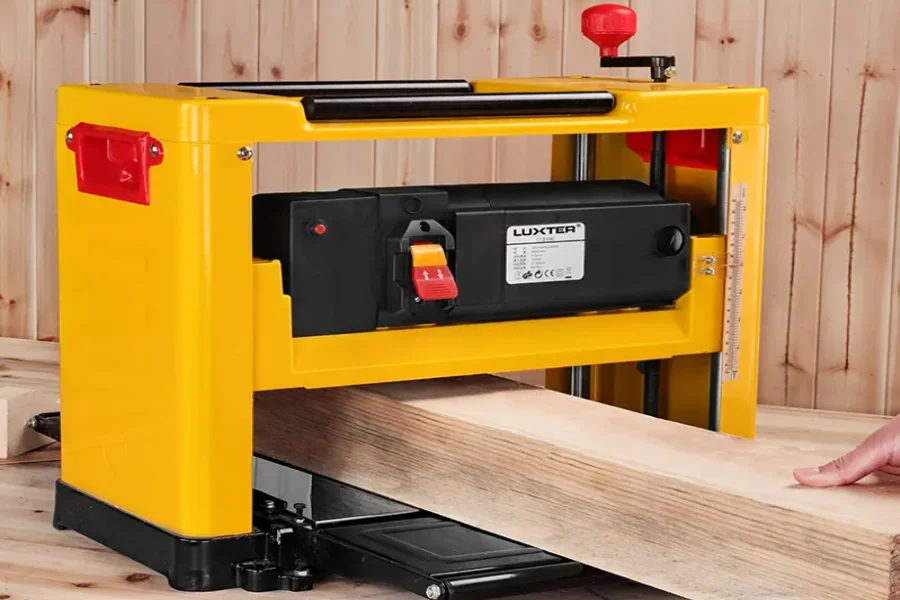
These are box-shaped planers that can be placed on a benchtop as the name suggests. Its compact size makes it possible to save space, especially for smaller workshops with less space. Moreover, it also makes it convenient for users to carry it around the workshop due to its lightweight nature.
Floor-standing wood planers
The opposite version of benchtop planers are the floor-standing planers. They are basically stationary planers and they allow users to maximize cutting performance and efficiency. Hence, this type of planer is largely opted for by larger woodworking workshops and projects as it consists of an infeed and outfeed table to work on large surfaces of wood.
Handheld wood planers
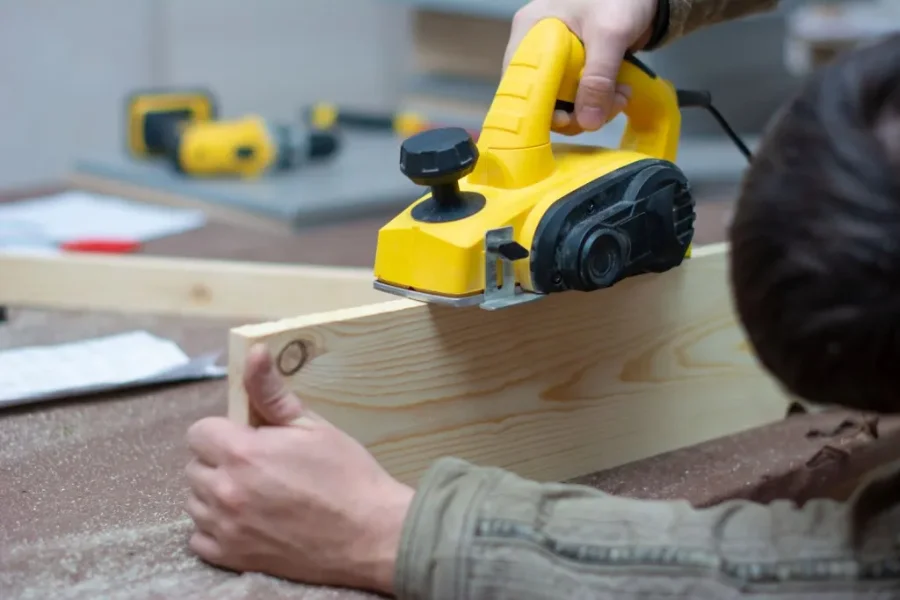
These are usually held by hand and their highly portable nature makes them a friendly choice for woodworkers to carry around to different locations—not only in their workshop. It is typically operated by pushing down the handle when the machine makes contact with the wooden board.
Jointer and wood planers
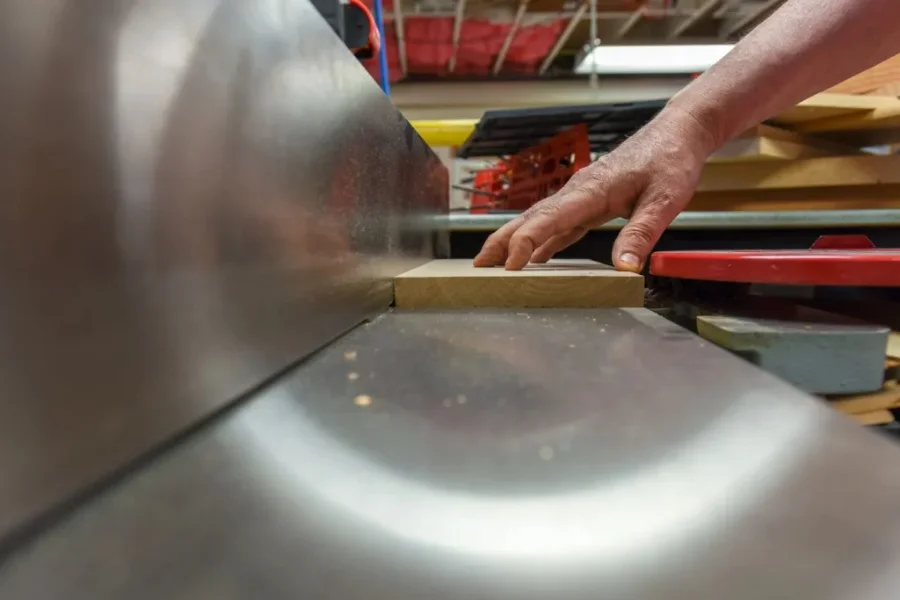
These are a combination of a wood planer and jointer integrated to make a planer jointer suitable for larger workshops and businesses for their heavy woodworking projects. A jointer helps in straightening the uneven edges of the board while the planer helps in reducing the board’s thickness. Put together, users have something that can maximize their woodworking performance and efficiency.
The bottom line
Wood planers are often essential when it comes to woodworking machinery, and are highly valued for their precision in removing thin layers of wood from wooden boards.
With the wood planer market growing due to the rise of woodworking in general, now is a great time to ensure you are well-stocked to capitalize on this growth. To view listings of wood planers, and for more insights into machinery market trends, head to Alibaba.com.
